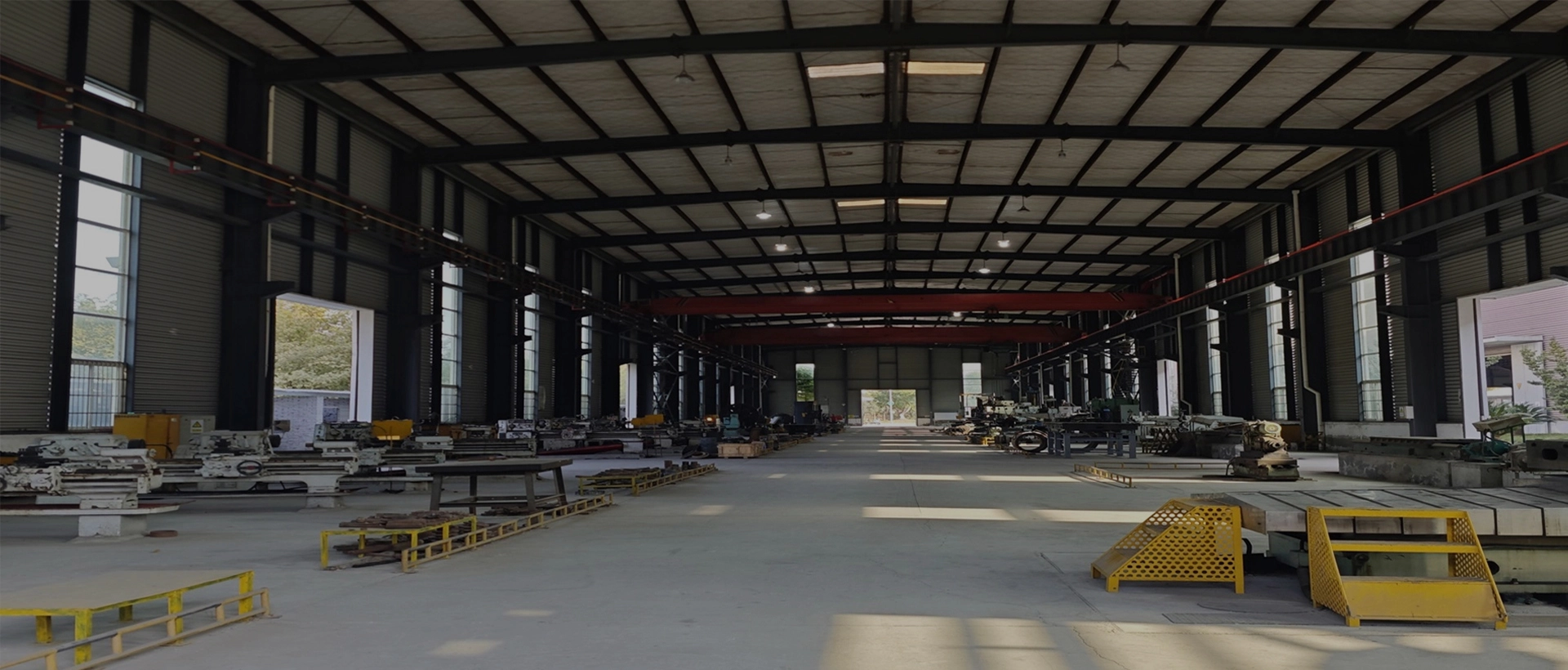Mobile Crawler VSI Crushers, one of stone crusher machine types, operate on a unique crushing principle that differs significantly from other types of crushers. Understanding this mechanism is crucial for optimizing their usage and ensuring the production of high-quality aggregates. At the heart of a portable VSI crusher is its rotor, which spins at high speeds. Material is fed centrally onto the rotor, and then it is accelerated outward at speeds of up to 80 meters per second and thrown against a series of anvils or wear plates lining the crushing chamber.
This high-velocity impact crushing achieves not only size reduction but also the desired cubical shaping of the material, which is essential for high-strength concrete and asphalt. The crushing process is dry, allowing for the production of fine aggregates without the need for water, thus preserving water resources and reducing the environmental impact.
The crawler aspect of these mobile impact crushers adds a layer of versatility and mobility. Mounted on tracks, they can move within a site or between sites, providing flexibility in operation. This mobility ensures that the crusher can be positioned close to the material source, reducing the need for material transportation and, consequently, lowering operational costs and environmental impact.
For optimal usage, operators should understand the importance of feed size, rotor speed, and the configuration of the crushing chamber. Adjusting these parameters can influence the final product size and shape. Regular maintenance and inspection of wear parts are also crucial to ensure the crawler mobile crusher operates efficiently and continues to produce high-quality aggregates.
In summary, the unique impact crushing mechanism of crawler VSI crushers, combined with their mobility, offers significant advantages in producing high-quality aggregates. Understanding and optimizing these aspects can lead to improved efficiency and productivity in various construction and mining applications.
